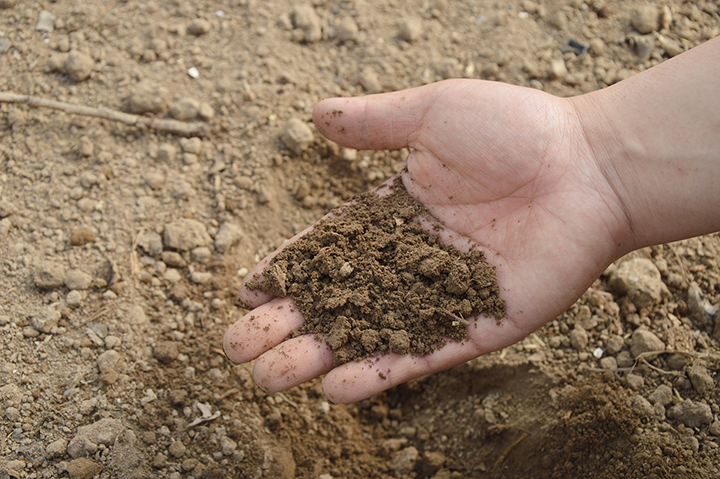
Dayal Receives a 2019 MURI Award from DoD to Dig into the Labyrinth of Soil
If you’ve planted vegetables or made mud pies before, you probably noticed the little stones, leaves, and sand particles in the soil. Unlike steel bowls and aluminum foil, soil is much more complicated and contains many more particles. While a long piece of steel can look the same at every point, you might find something different in a soil pot even if you move 10 cm.
So how exactly does soil behave? What happens when something moves over it? We rely on soil to grow flowers and food, but we really don’t know much about how it behaves in this type of scenario.
“Even if you have a big truck or robot, and you want to drive it on soil, you’re not sure if it’s going to get stuck or move,” saidProfessor Kaushik Dayal.
Dayal has won a 2019 Multidisciplinary University Research Initiative (MURI) award to examine soil behavior in these situations using multiscale modeling, funded by the Department of Defense (DoD). He is part of a team of researchers from five universities led by California Institute of Technology working on this problem. Dayal will be joined by two PhD students in the fall and they will receive $1 million over five years.
Scientists typically use two different size scales to analyze materials: the grain scale that examines individual particles and the continuum scale that looks at the bigger picture. Though soil contains a great variety of particles to keep researchers’ hands busy, focusing on individual particles alone is simply not enough to comprehend a hillside or large stretch of land.
“If you really look at every particle, you don’t have enough computing power to even figure out what a little block of soil is doing. So you want to figure out how things behave on the scale of meters,” said Dayal. “And at the same time, you have particles that are smaller than a millimeter. You have these two different scales that you want to understand how they talk to each other, and that’s where the multiscale part of things comes in.”
While some of the other teams characterize soil through experiments, Dayal’s team will build predictive computational models that they hope will help engineers understand how soil behaves in all kinds of conditions. Using that knowledge, they will be able to know how machines interact with soil, predict whether they can drive on unfamiliar terrain, and build robots that can more easily navigate difficult ground.